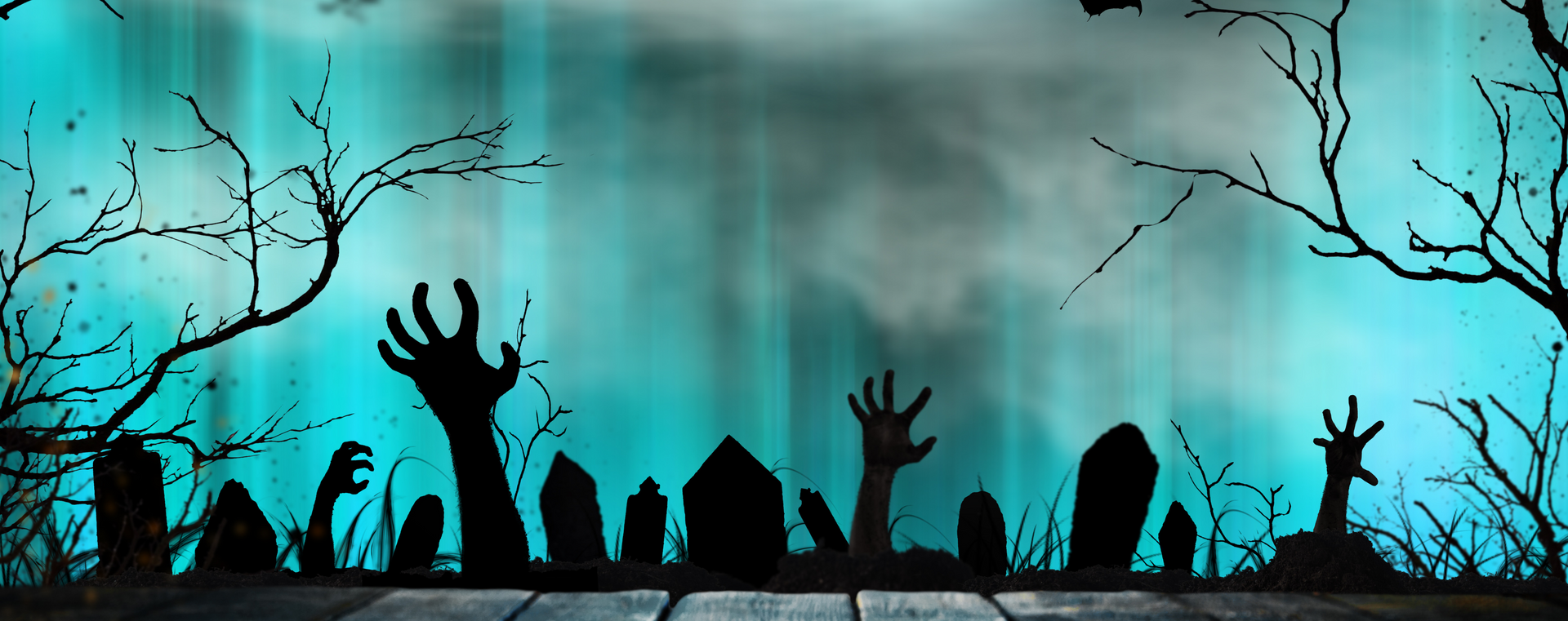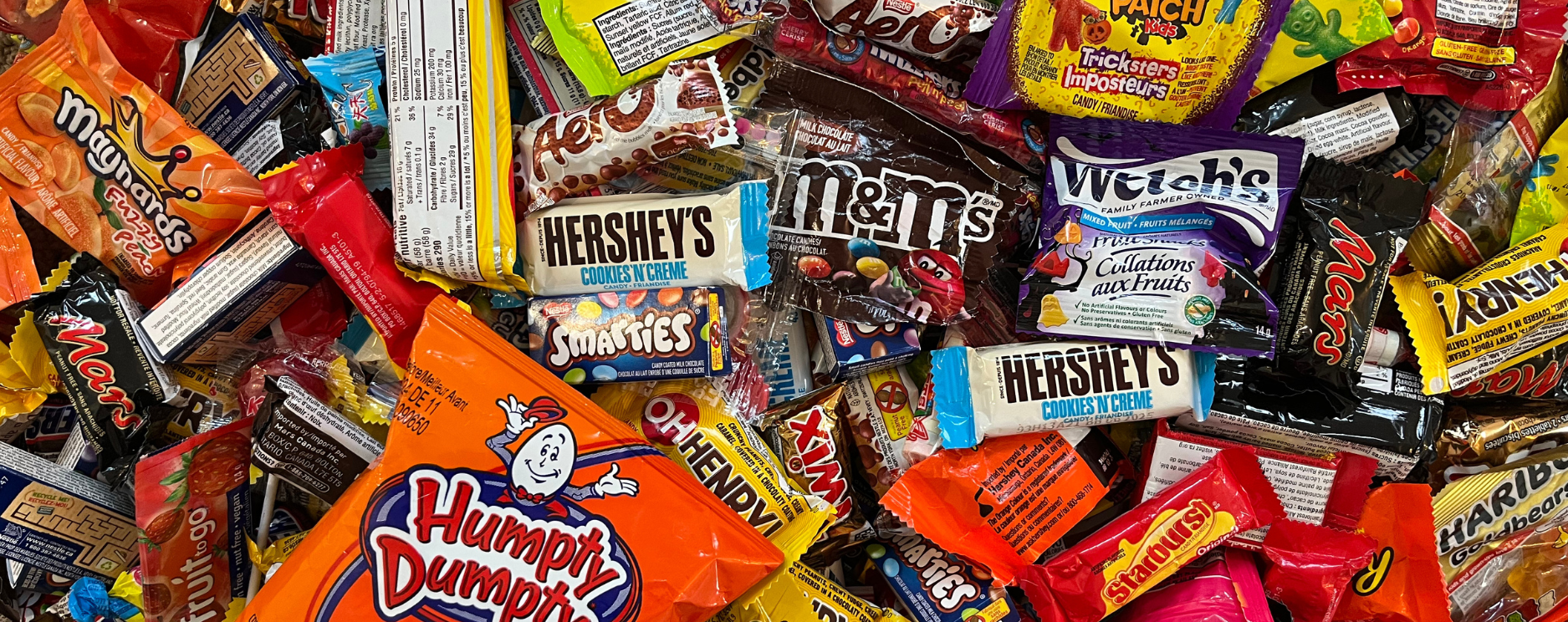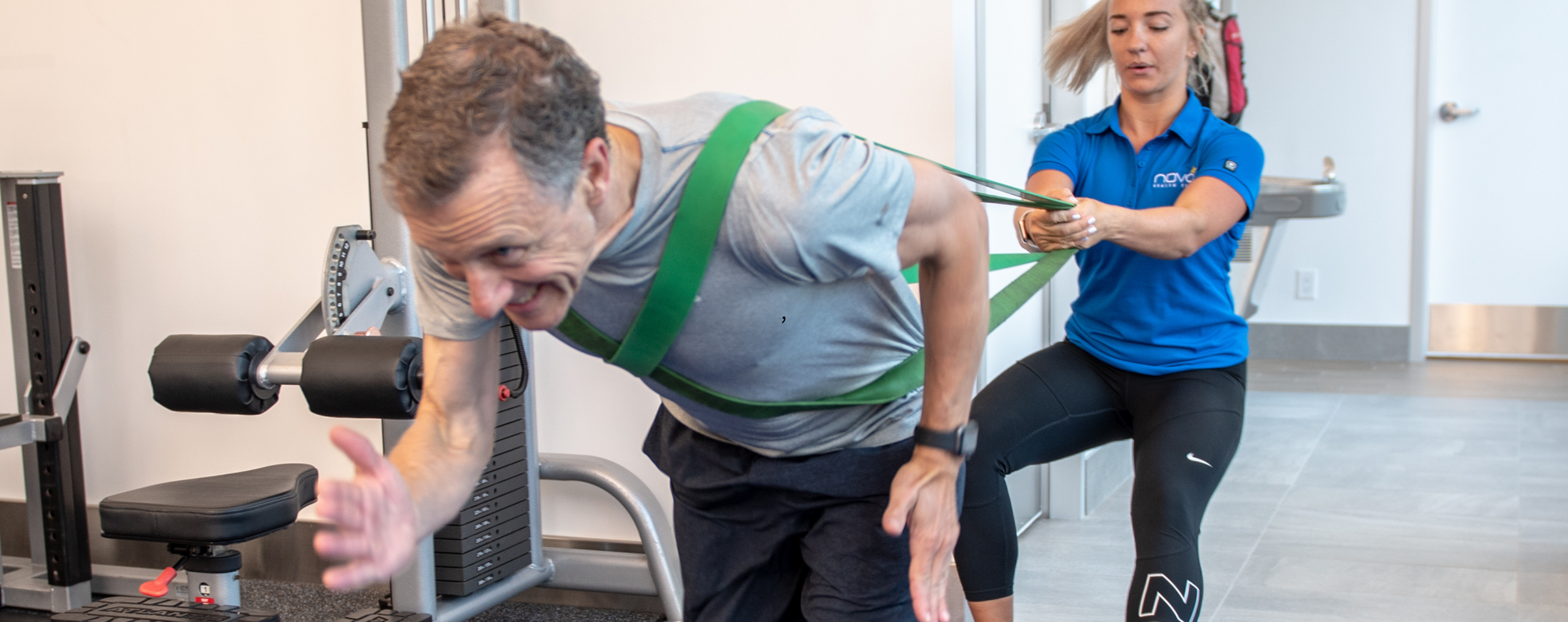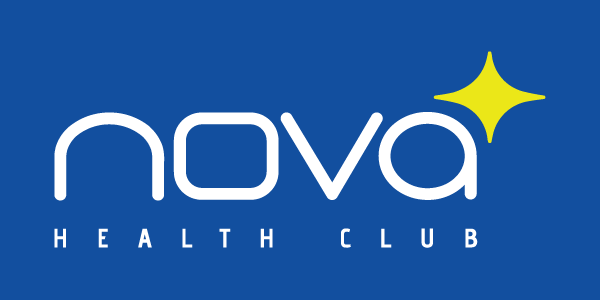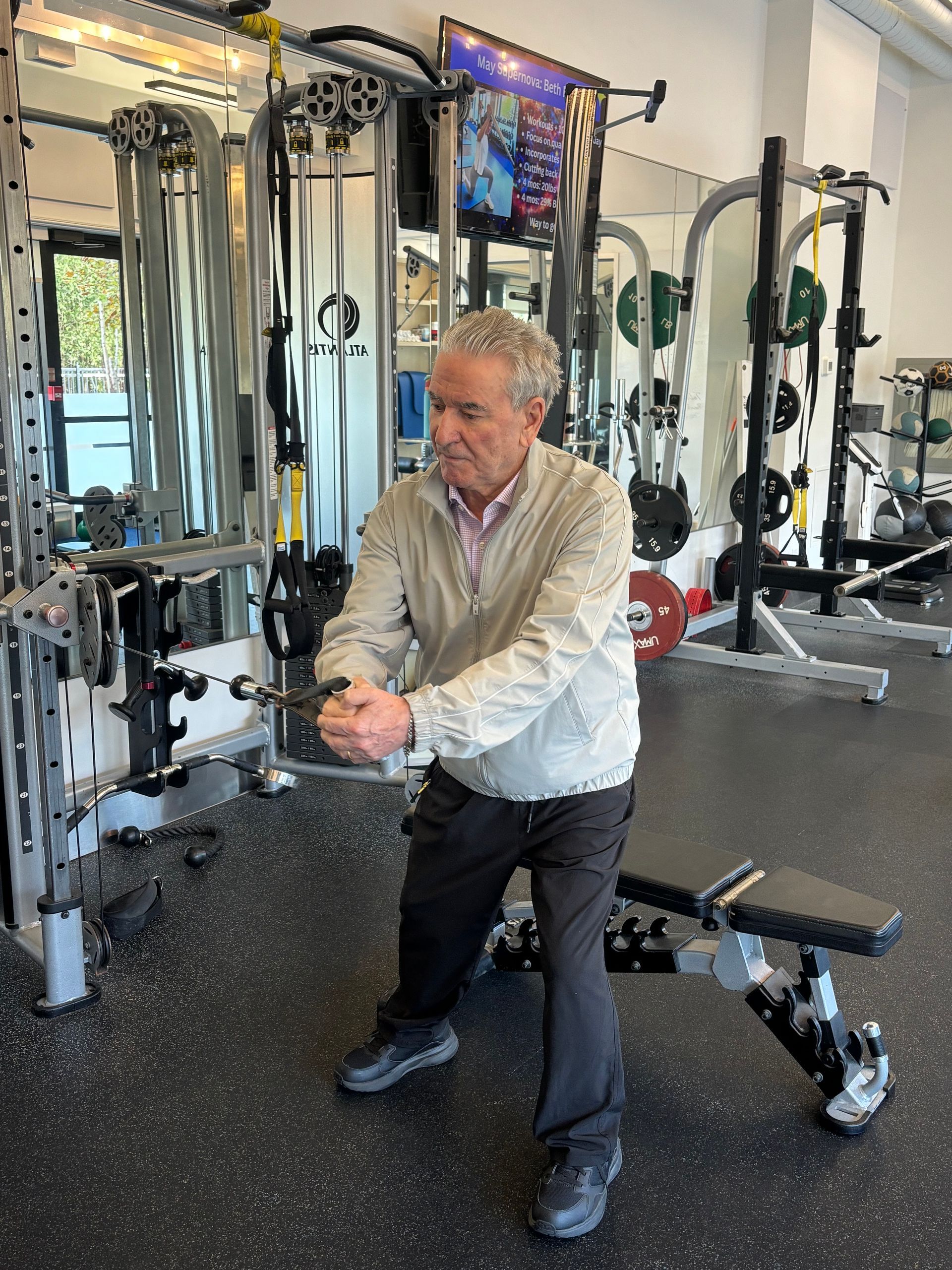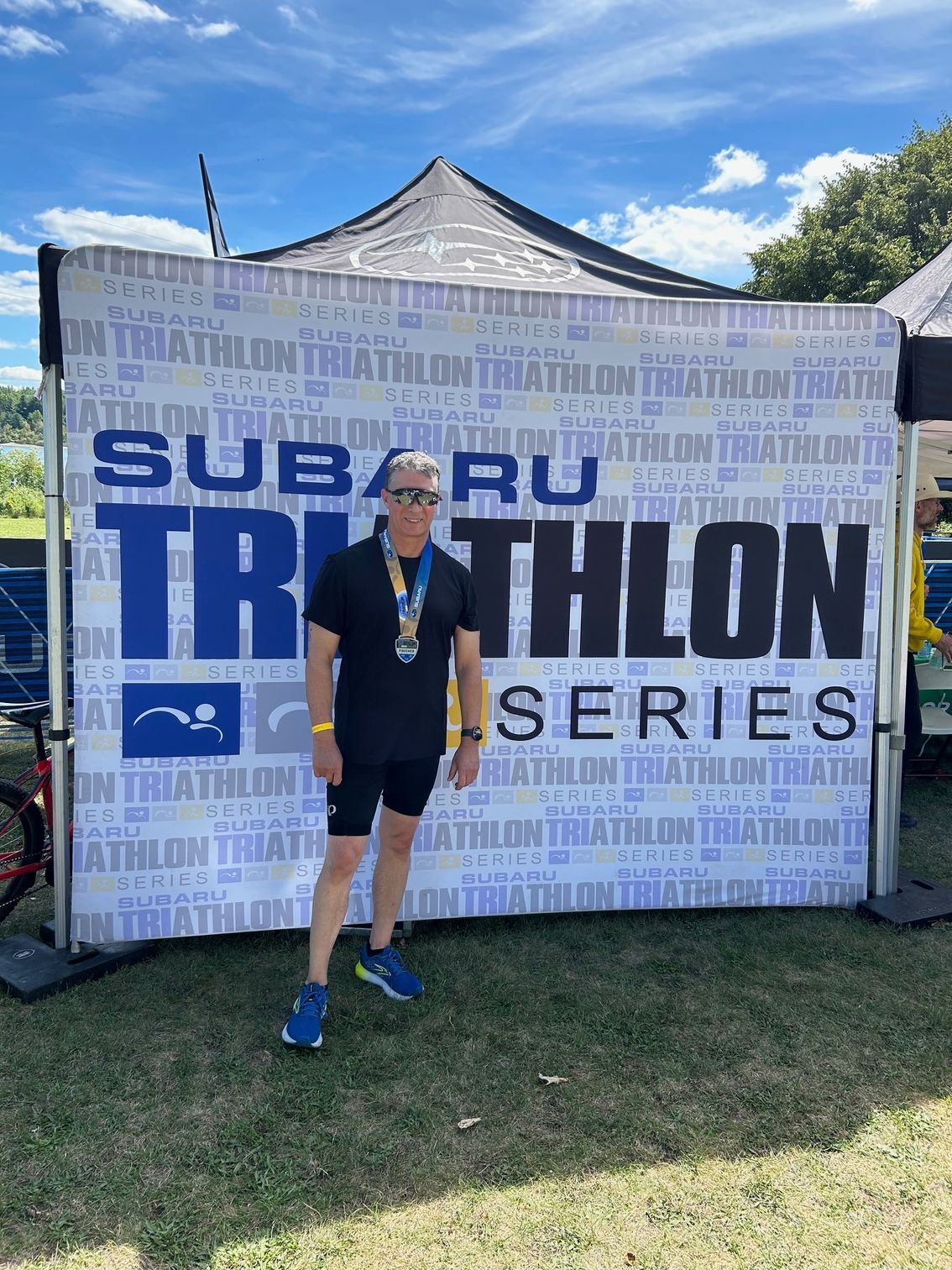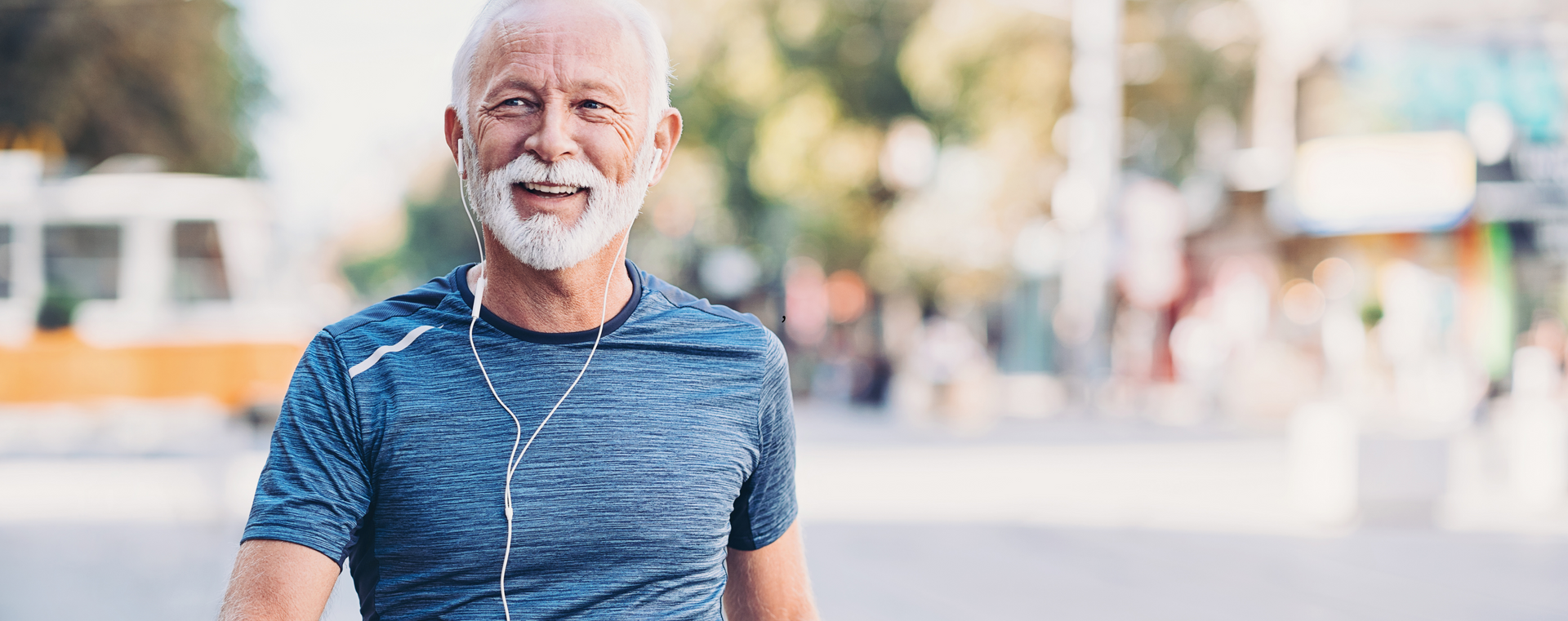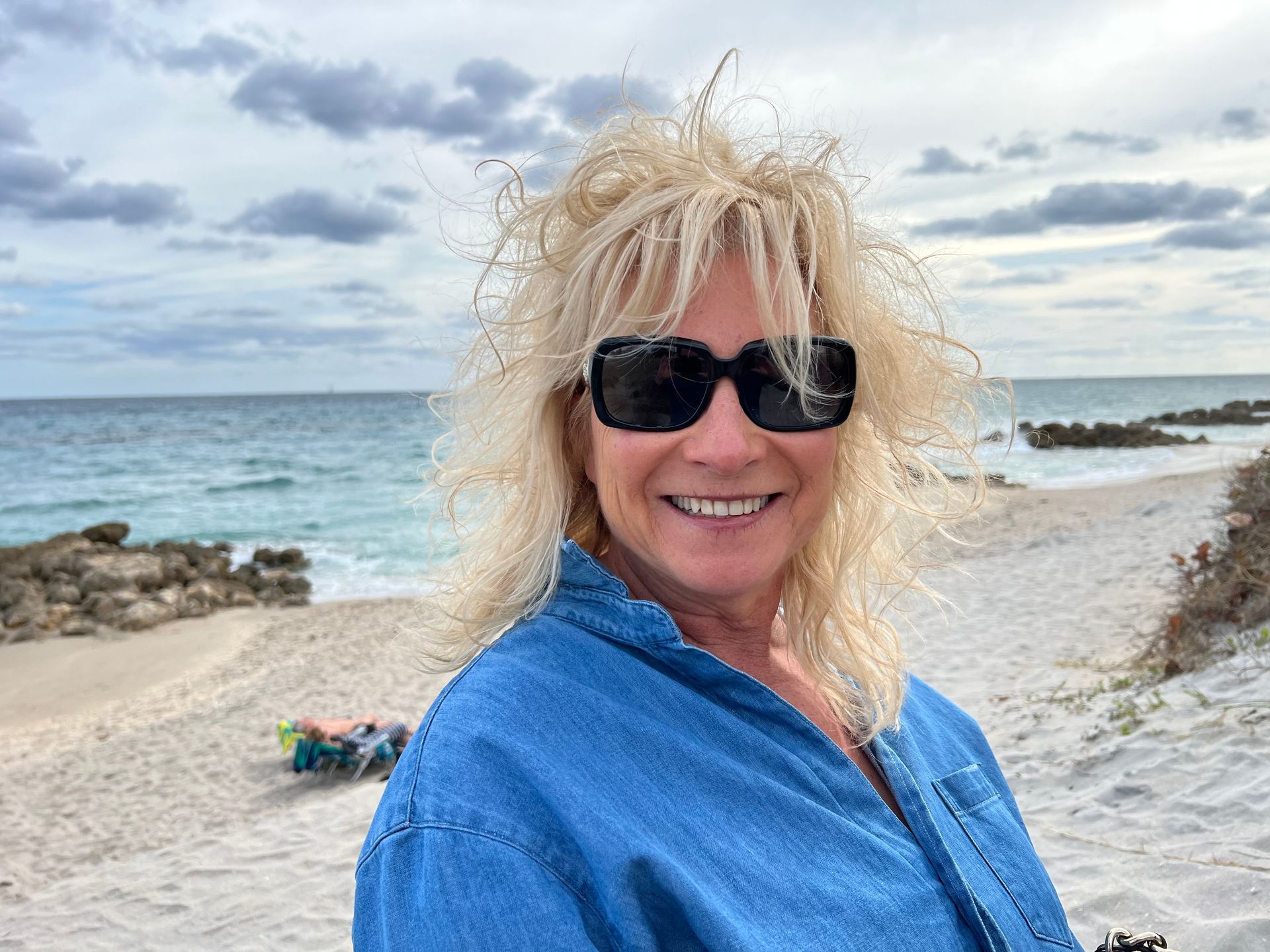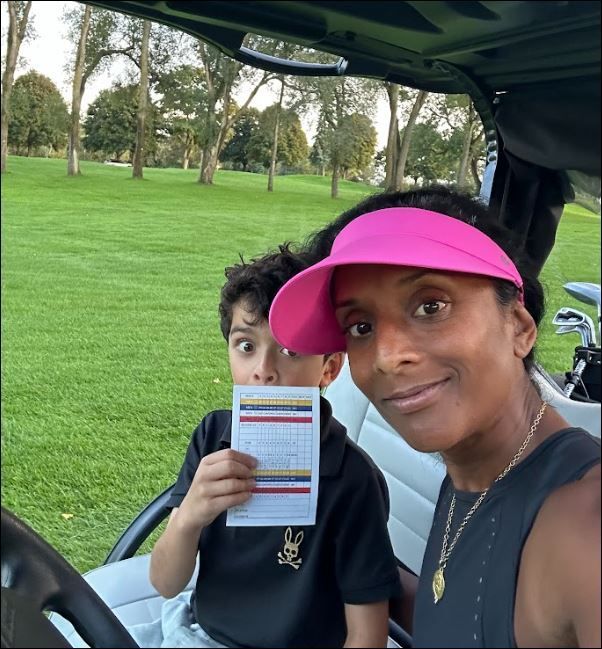Winter Health & Vitamin D
Are You Getting Enough Sunshine & Vitamin D?
Two things we lack during the winter are sunshine and, consequently, vitamin D. In our northern climate, most of the sun's UVB rays are absorbed by the ozone layer, meaning we may struggle to produce any vitamin D at all during the winter months. This makes winter supplementation of vitamin D extremely important!
The term “vitamin D” refers to various fat-soluble vitamin variants all of which are cholesterol-like substances. ️Functionally, vitamin D works more like a hormone than a vitamin and is closely linked to the work of the parathyroid glands.
There is no other vitamin that requires more whole-body participation than vitamin D. The skin, bloodstream, liver, and kidneys all contribute to the formation of fully active vitamin D. With that said, fully active vitamin D is referred to as calcitriol, or vitamin D3 (which you may see on supplement labels).
Vitamin D & Bone Density
- Vitamin D is crucial for strong bones because it regulates calcium metabolism and helps the body absorb and use phosphorus.
- Without enough vitamin D, calcium and phosphorus levels drop, forcing the body to pull these minerals from bones, weakening them over time.
- This can lead to conditions like osteomalacia (soft bones) in adults or rickets in children. Maintaining sufficient vitamin D ensures proper bone density and strength.
Boosts Immune Function
- Vitamin D plays a crucial role in the immune system. It enhances the function of immune cells, such as T-cells and macrophages, which protect the body against pathogens.
- It also promotes the production of antimicrobial peptides which help the body fight off bacterial, viral, and fungal infections.
- Studies suggest that individuals with low vitamin D levels are more susceptible to illnesses like respiratory infections, including the flu and COVID-19.
Improves Mood and Combats Depression
- Vitamin D's influence on mood stems from its role in the production of serotonin, a neurotransmitter linked to feelings of well-being and happiness.
- Low levels of vitamin D are associated with a higher risk of mood disorders, including depression and seasonal affective disorder (SAD).
- Additionally, it’s believed that vitamin D helps regulate the hypothalamic-pituitary-adrenal (HPA) axis, which controls stress responses, further contributing to its mood-stabilizing effects.
How to Get Vitamin D
Vitamin D can be found in fish liver oil and cod liver oil. It’s important to note that the animal-derived forms of vitamin D may be the most desirable supplementation form as the body is able to convert them into fully active vitamin D3 (calcitriol). The plant derived form is called vitamin D2 and does not appear to have the same functions as vitamin D3.
Unless you are eating a lot of wild caught fish, supplementation of vitamin D becomes very important during the winter months. Supplementing with both a high quality liquid fish oil or fish oil capsules as well as vitamin D is a wise decision for anyone getting little sun or living in northern climates.
️As mentioned, northern populations have been shown to have low levels of vitamin D. Research conducted at the University of Calgary concluded that virtually 100% of all Canadians are vitamin D deficient during some part of the year when sunlight exposure is scarce. So now the question becomes:
How Much Do We Need?
As a general rule of thumb, the Canadian RDA (Recommended Daily Allowance) for children and adults aged 9-70 should intake 600IU of vitamin D per day, with adults 70+ getting 800IU. This number however is usually the minimum amount and most people have other considerations that would support taking more vitamin D per day. It may be worth conducting blood work to determine how deficient you are in Vitamin D. This will determine how much you should supplement with. Most adults however find no negative effect by supplementing with >3000-5000IU during the winter months.
In addition to supplementation, whenever possible try to be outside when the sun is shining. This can be a challenge with the shorter days however even the smallest bit of sunshine on your face not only helps with vitamin D but will greatly enhance your mood. Sunlight on its own, even in the winter is essential to our health.
Taking Action
- Prioritize getting outside when you can, especially around noon hour when our ability to absorb and use sunlight is at its highest.
- Allow natural light into your surroundings during the day. Work near a window, pull back the drapes and take frequent breaks to pop your head out the door.
- Consider acquiring a SAD lamp. These lamps mimic natural daylight and can be very useful in replacing natural sunlight when you can't get enough.
- Eating a diet rich in omega-3s from fish and high-quality meats. If this isn't feasible, supplementing with omega-3s and vitamin D is vital—and even if your diet is high in omega-3s, adding these supplements can still be beneficial to ensure optimal levels.
Vitamin D Supplementation
When purchasing any supplement, it is important to look for a brand that is of clinical grade. Avoid brands like Jamieson or Kirkland and go for brands like Designs For Health, Can Prev or Metagenics. You can order vitamin D and fish oil below with 15% off until Feb 28, 2025. Use code WINTER at check out.
Liquid Fish Oil by Designs For Health
Fish Oil Capsules by Designs For Health
Vitamin D by Designs For Health
